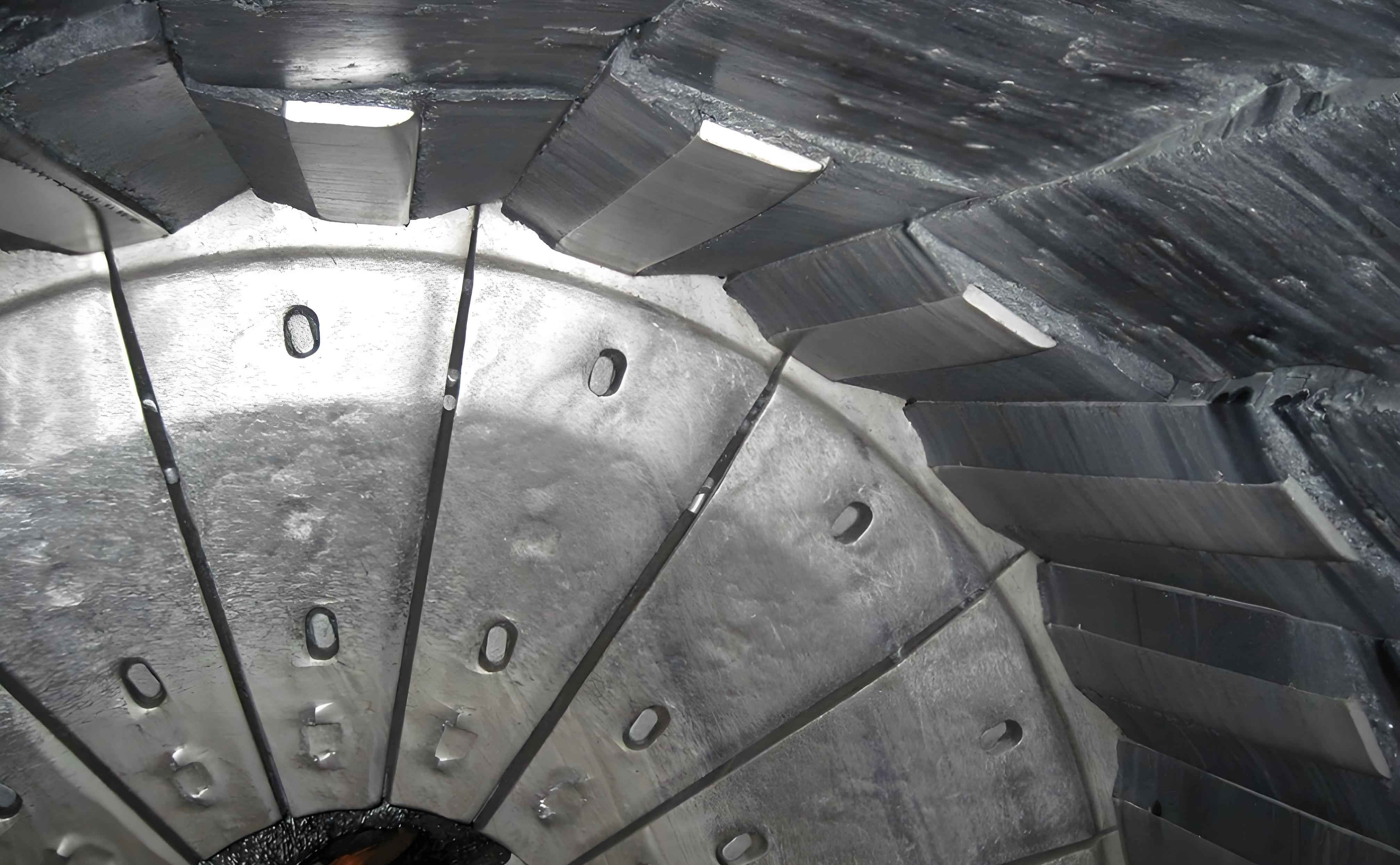1. Introduction
With the increasing demand for lightweight materials in aerospace, transportation, and energy industries, magnesium (Mg) alloys have gained significant attention due to their low density and high specific strength. However, their poor corrosion resistance and limited room-temperature plasticity, attributed to the hexagonal close-packed (HCP) structure, hinder broader applications. Aluminum (Al) alloys, with their face-centered cubic (FCC) structure, exhibit excellent corrosion resistance and ductility. Combining Mg and Al into a sandwich-structured Al/Mg/Al composite plate effectively addresses these limitations.
Lining plate rolling (LPR), a novel fabrication technique, integrates large reductions with single-pass rolling to produce composite plates featuring corrugated interfaces. This study investigates how lining plate rolling enhances interfacial bonding strength, mechanical properties, and microstructure evolution compared to traditional rolling (TR).

2. Experimental Materials and Methods
2.1 Materials
Commercial AZ31B Mg alloy and AA1060 Al alloy sheets were used. Their chemical compositions are listed in Table 1.
| Element (wt.%) | Mg | Al | Mn | Cu | Fe | Zn | Ca |
|---|---|---|---|---|---|---|---|
| AZ31B | 95.45 | 3.9 | 0.334 | 0.05 | 0.005 | 0.81 | 0.04 |
| AA1060 | 0.03 | 99.6 | 0.03 | 0.05 | 0.35 | 0.05 | — |
2.2 Lining Plate Rolling Process
- Pretreatment: Mg (5 mm) and Al (0.5 mm) sheets were mechanically polished and cleaned.
- Rolling Setup: Hard alloy lining plates (1 mm) were placed on both sides of the Al/Mg/Al stack.
- Parameters: Single-pass rolling at 350°C with 50% reduction. For comparison, traditional rolling was performed using two passes (30% + 27.5%).
3. Mechanical Performance Analysis
3.1 Tensile Properties
Lining plate rolling-produced composites exhibited superior strength and ductility:
- Ultimate tensile strength (UTS): 232.16 MPa (45.22% higher than TR).
- Elongation (EI): 14.3% (7.36% higher than TR).
Table 2 compares lining plate rolling with other fabrication methods.
| Method | UTS (MPa) | EI (%) |
|---|---|---|
| Lining Plate Rolling | 232.16 | 14.3 |
| Traditional Rolling | 216.25 | 9.73 |
| Extrusion [1] | 149 | 0.13 |
| Friction Stir Welding | 160 | 6.2 |
3.2 Fracture Behavior
- Lining plate rolling Fracture occurred in the Mg layer after significant necking in Al.
- Traditional rolling: Brittle fracture at the flat Al/Mg interface due to weak bonding.
4. Microstructural Evolution
4.1 Interface Morphology
lining plate rolling generated wavy interfaces, whereas TR produced flat interfaces. The corrugated structure increased contact area and enabled mechanical interlocking.
4.2 Texture and Schmid Factor Analysis
- Mg Side: lining plate rolling weakened basal texture intensity, promoting non-basal slip (e.g., prismatic and pyramidal slips).
- Al Side: lining plate rolling enhanced <111>//ND texture, improving formability.
Table 3: Schmid factor (SF) distribution for Mg.
| Slip System | Lining plate rolling (%) | TR (%) |
|---|---|---|
| Basal (0001)<11-20> | 32.1 | 58.4 |
| Prismatic (10-10)<11-20> | 45.6 | 28.7 |
| Pyramidal (11-22)<-1-123> | 22.3 | 12.9 |
Formula: The equivalent strain during rolling was calculated as:
ee=1.55lnh0hee=1.55lnhh0
where h0h0 and hh are initial and final thicknesses.
4.3 Recrystallization and Dislocation Density
- Lining plate rolling: High stored energy at the interface promoted dynamic recrystallization (DRX).
- Traditional rolling: Limited DRX due to insufficient deformation.
5. Effect of Al:Mg Thickness Ratio
Varying the Al:Mg ratio (kk) influenced interface morphology and performance (Table 4).
| kk (Al:Mg ) | Wave Amplitude (μm) | UTS (MPa) | EI (%) |
|---|---|---|---|
| 1:20 | 12.5 | 210.7 | 21.2 |
| 1:10 | 18.3 | 240.8 | 25.3 |
| 1:5 | 15.7 | 201.4 | 23.1 |
| 3:10 | 10.9 | 165.5 | 21.7 |
| 2:5 | 8.4 | 170.3 | 17.5 |
Optimal Performance: k=1:10k=1:10 achieved the highest UTS (240.8 MPa) and EI (25.3%).
6. Mechanism of Corrugated Interface Formation
The lining plate converted shear stress into compressive stress, inducing differential flow velocities between Al and Mg. Key factors included:
- Atomic Diffusion: Enhanced by high strain rates and temperatures.
- Mechanical Interlocking: Wavy interfaces increased bonding area.
- Texture Weakening: Reduced anisotropy and improved plasticity.
7. Conclusions
- Lining plate rolling produced Al/Mg/Al composites with corrugated interfaces, achieving UTS = 232.16 MPa and EI = 14.3%, surpassing TR by 45.22% and 7.36%, respectively.
- The lining plate transformed shear stress into compressive stress, promoting non-basal slip and DRX.
- Optimal Al:Mg thickness ratio (k=1:10k=1:10) yielded uniform wave morphology and superior mechanical properties.
- Microstructural analysis revealed gradient texture distributions and reduced dislocation density at interfaces.
8. Future Work
- Investigate the effect of post-rolling heat treatment on interface stability.
- Explore multi-pass lining plate rolling for ultra-thin composite plates.
- Develop finite element models to optimize lining plate geometry.
